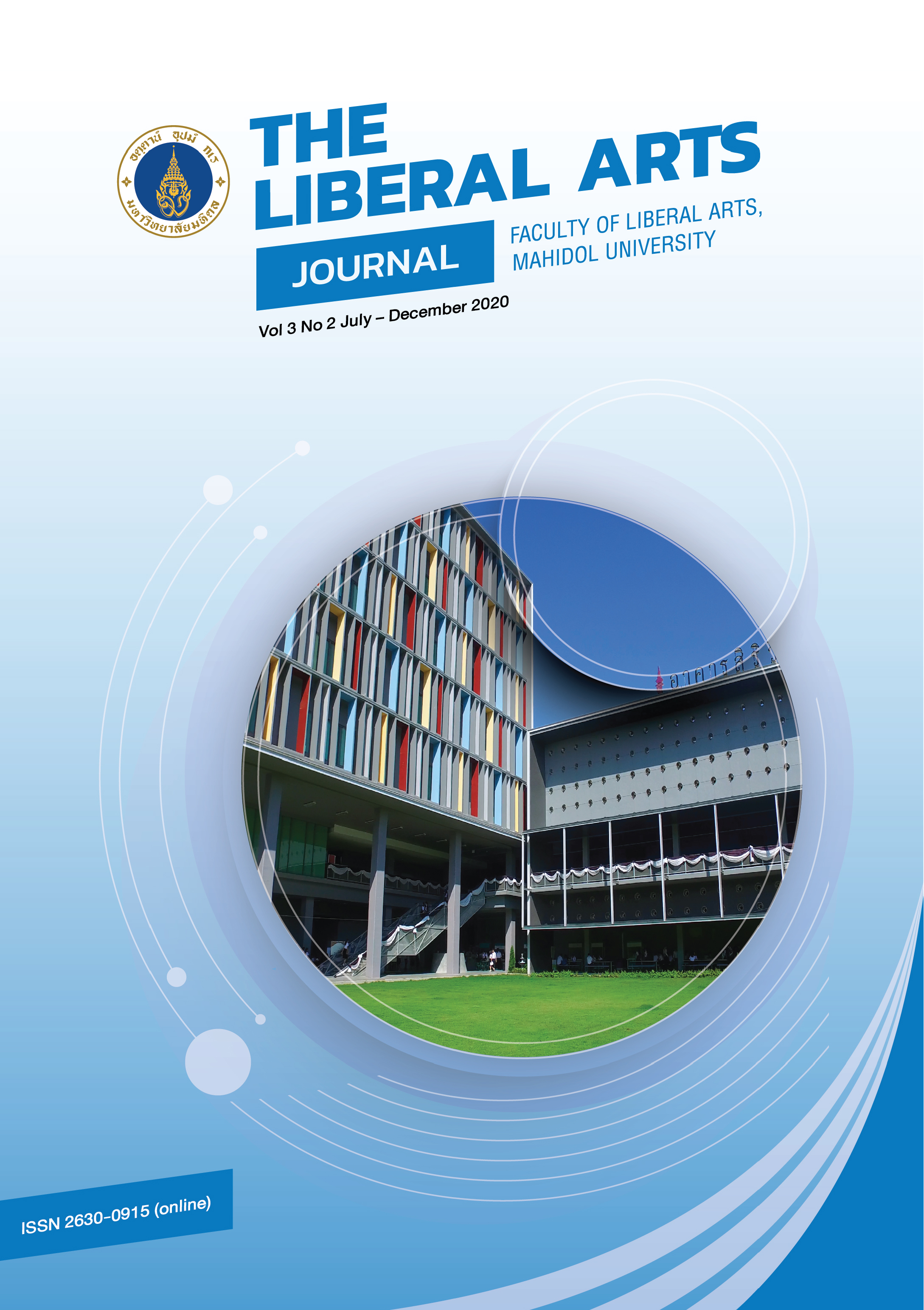History and Rice Culture of Khlong Yong Sub-district, Phutthamonthon District, Nakhon Pathom Province
Keywords:
Rice culture, Klong Yong history, Rice farming wisdomAbstract
Khlong Yong subdistrict, Phutthamonthon district, Nakhon Pathom province is an old community that has evidenced since the reign of King Rama III, with "Klong Yong" as the main stream of the community. Resulting in agriculture in the area on both sides of the canal Therefore the inheritance of rice wisdom and culture was passed on to appear as a literary textbook set of "Phromachat". The objective of this study was to explore the body of knowledge about the rice culture of the Khong Yong sub-district people from the telling history and dividing the period of the history of the rice culture of the Khlong Yong people. The study results showed that The body of knowledge about rice culture of the Klong Yang people is divided into 1) knowledge of rice cultivation 2) knowledge of tools and animals related to farming and 3) knowledge of traditions, rituals and beliefs related to rice. As for the history and culture of the people of Klong Yang, it can be divided into 3 eras: 1) the beginning of the forest, the rice fields, 2) the development of the royal rice fields, 3) the soil exploration era for modern agriculture, 4) the rice-to-lotus era. And 5) the era of community title deed The knowledge body and local history of the Klong Yang people in this rice culture dimension reflects the identity of the Klong Yang community who are farmers in the riverside plain With continuous development and adaptation With good geographic costs of both soil and water, Klong Yong Rice has continued to gain in popularity, known as "Hom Nakhonchaisri rice"



